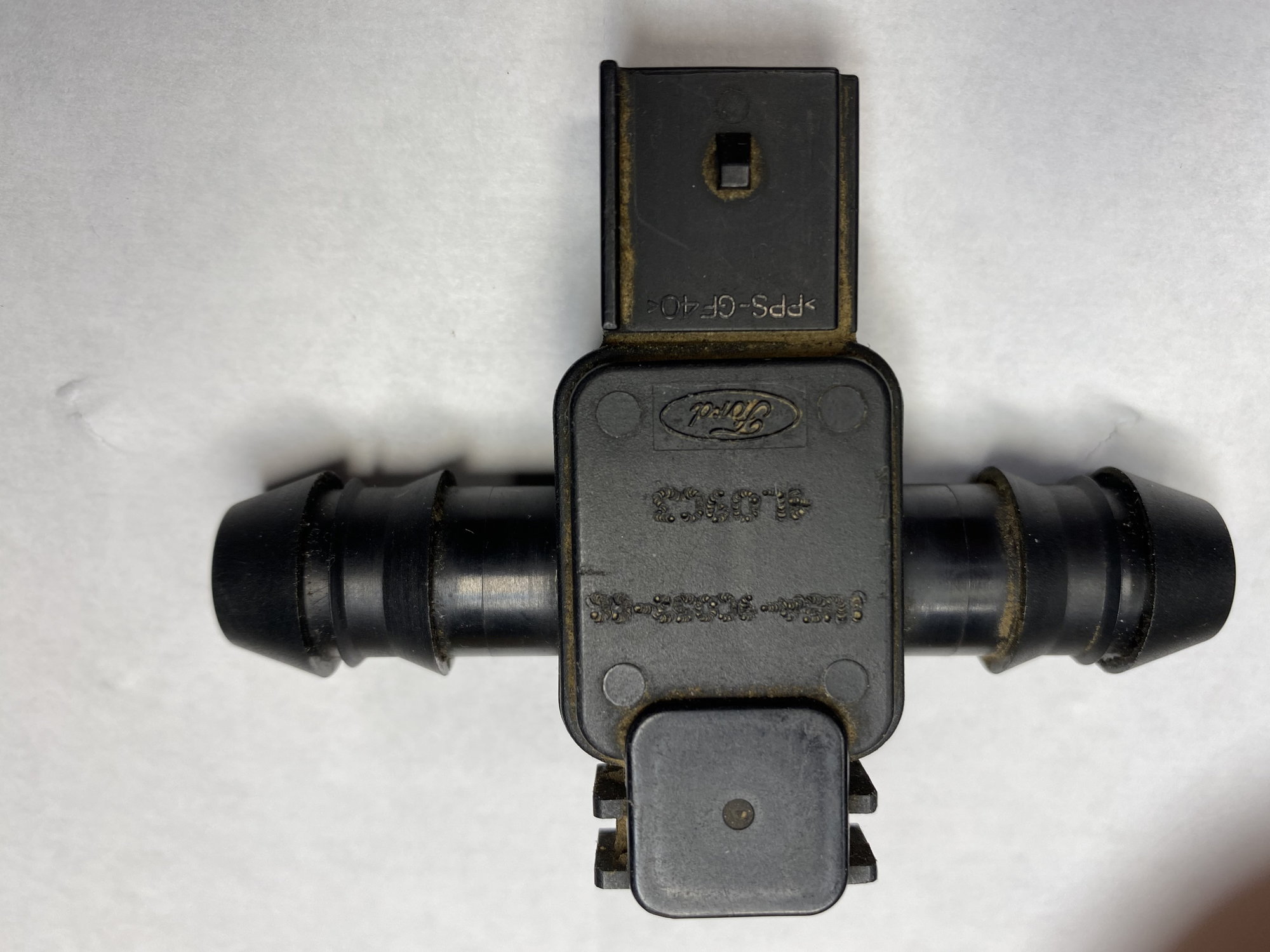In the world of automotive performance and maintenance, understanding the components that keep your engine running smoothly is crucial. One such component that plays a critical role in ensuring optimal engine function is the fuel pressure sensor. This small but mighty device monitors the pressure of fuel as it flows through the engine, providing essential data to the vehicle's computer system. By maintaining the correct fuel pressure, the sensor helps to ensure efficient combustion, optimal performance, and improved fuel economy.
As vehicle technology continues to evolve, the importance of keeping tabs on various sensors, including fuel pressure sensors, cannot be overstated. Whether you are a seasoned mechanic or an enthusiastic car owner, having a solid grasp of how fuel pressure sensors work, their symptoms, and their maintenance can greatly enhance your driving experience. In this comprehensive guide, we will delve into the intricacies of fuel pressure sensors, empowering you with the knowledge to master your ride.
Understanding Fuel Pressure Sensors
Fuel pressure sensors are crucial components in modern vehicles, monitoring the pressure of the fuel within the fuel rail. This sensor provides real-time data to the engine control unit, enabling it to adjust fuel delivery for optimal performance and efficiency. By continuously measuring the fuel pressure, the sensor helps maintain the correct fuel-to-air ratio, which is vital for effective combustion and overall engine health.
These sensors operate using various technologies, such as strain gauges or piezoelectric materials. When fuel flows through the sensor, it generates a voltage that corresponds to the pressure level. The engine control unit interprets this voltage signal and makes necessary adjustments to the fuel injection system. This ensures that the engine receives the right amount of fuel under different operating conditions, helping to prevent issues like misfires or stalling.
Understanding how fuel pressure sensors work can aid car owners and technicians in diagnosing fuel-related problems. Symptoms like poor fuel economy, rough idling, or difficulty starting may indicate a malfunctioning sensor. Regular maintenance and timely replacement of faulty sensors can significantly impact a vehicle's performance, longevity, and fuel efficiency. Being aware of these elements can help drivers take proactive measures to keep their vehicles running smoothly.
Installation and Calibration
Installing a fuel pressure sensor requires careful attention to detail to ensure accurate readings and optimal performance. Begin by locating the right spot for the sensor, typically in the fuel line between the fuel pump and the injectors. Make sure to use the correct fittings and adapters to match the size of your fuel line. It’s crucial that the installation is tight to prevent any fuel leaks, which can be hazardous. Always refer to the manufacturer’s instructions for specific installation steps that pertain to your vehicle.
Once the sensor is securely in place, the next step is calibration. Calibration ensures that the readings from the fuel pressure sensor are accurate and reliable. Start the engine and allow it to reach its normal operating temperature. Then, using a digital multimeter or a diagnostic tool compatible with your vehicle, check the voltage output from the sensor. Cross-reference these readings with the specifications provided by the manufacturer. If the readings are outside the acceptable range, you may need to adjust the sensor or check for any issues in the fuel system.
Finally, after calibration, test drive your vehicle to observe how the fuel pressure sensor performs under different conditions. Pay attention to how the engine responds, especially during acceleration and deceleration. If there are any fluctuations or anomalies in the fuel pressure readings that don’t align with the vehicle’s performance, revisit the installation and calibration steps. Proper installation and calibration of the fuel pressure sensor are vital for maintaining engine efficiency and longevity.
Troubleshooting Common Issues
When dealing with fuel pressure sensors, it's crucial to recognize the signs of potential failure. One common issue is fluctuating engine performance, which can manifest as irregular acceleration or stalling. This often indicates that the fuel pressure sensor is either providing inaccurate readings or is malfunctioning. A thorough inspection should include checking the sensor's electrical connections and ensuring there are no visible signs of damage or corrosion.

Another frequent problem is a check engine light activating. This warning can occur due to various reasons, but a faulty fuel pressure sensor is a leading contender. Using an OBD-II scanner can help diagnose the specific trouble codes associated with the sensor. If a code indicating fuel pressure discrepancies appears, it’s vital to inspect the sensor and related components to confirm if replacement is necessary.
Lastly, inconsistent fuel pressure readings can lead to engine performance issues. If there are extensive fluctuations or the readings are outside the normal range, it can affect fuel delivery and combustion efficiency. In such cases, it may be necessary to test the sensor using a multimeter or consult a professional. Regular maintenance and monitoring can help prevent these issues and ensure your vehicle runs smoothly.
